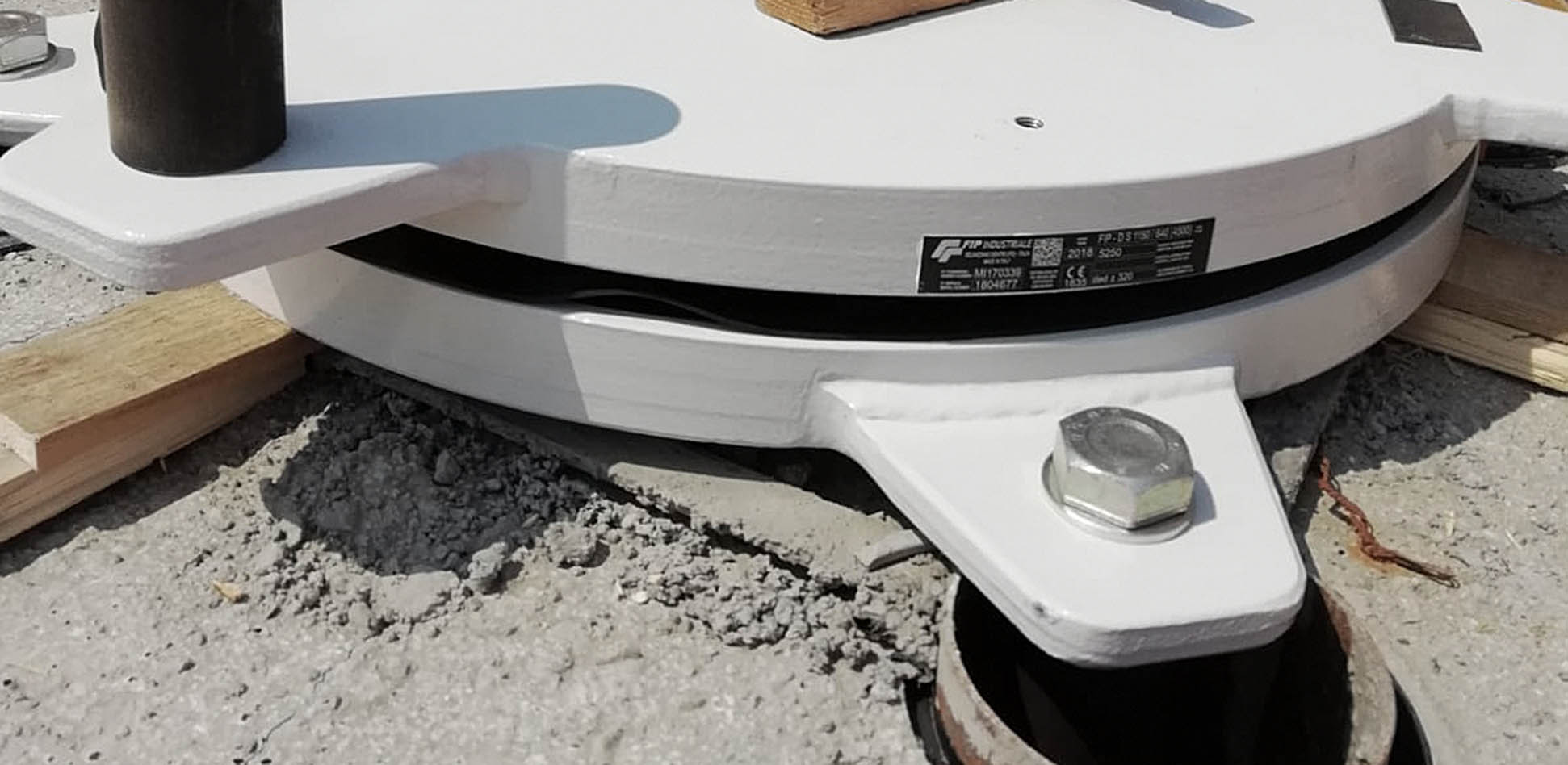
In our region, protection against seismic events is the first requirement for any building. In order to resist, a structure does not necessarily need colossal pillars or very rigid structures: by placing insulators between the base of the building and its extension, the building can disperse the force of the earthquake through oscillatory movements, capable of protecting structures, people and internal equipment.

In our region, protection against seismic events is the first requirement for any building. In order to resist, a structure does not necessarily need colossal pillars or very rigid structures: by placing insulators between the base of the building and its extension, the building can disperse the force of the earthquake through oscillatory movements, capable of protecting structures, people and internal equipment.
Gaining time in the construction of a building has important economic implications for both the client, the operators and all of us involved in the development. Therefore, prefabrication of certain components (structural elements, reinforcements, even whole sanitary rooms) is an important device that we use to minimise construction time, while increasing the degree of accuracy of construction.
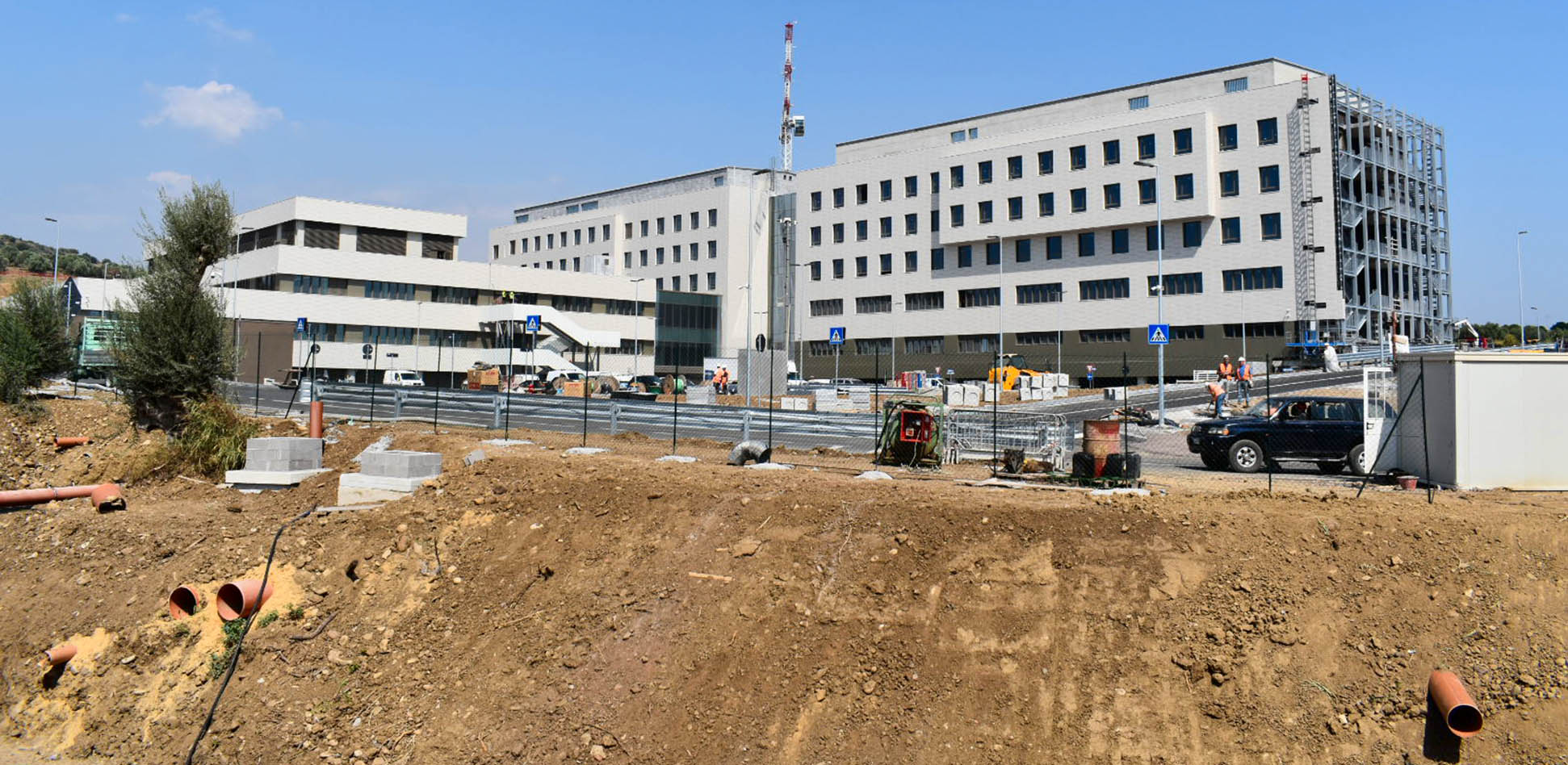

Gaining time in the construction of a building has important economic implications for both the client, the operators and all of us involved in the development. Therefore, prefabrication of certain components (structural elements, reinforcements, even whole sanitary rooms) is an important device that we use to minimise construction time, while increasing the degree of accuracy of construction.
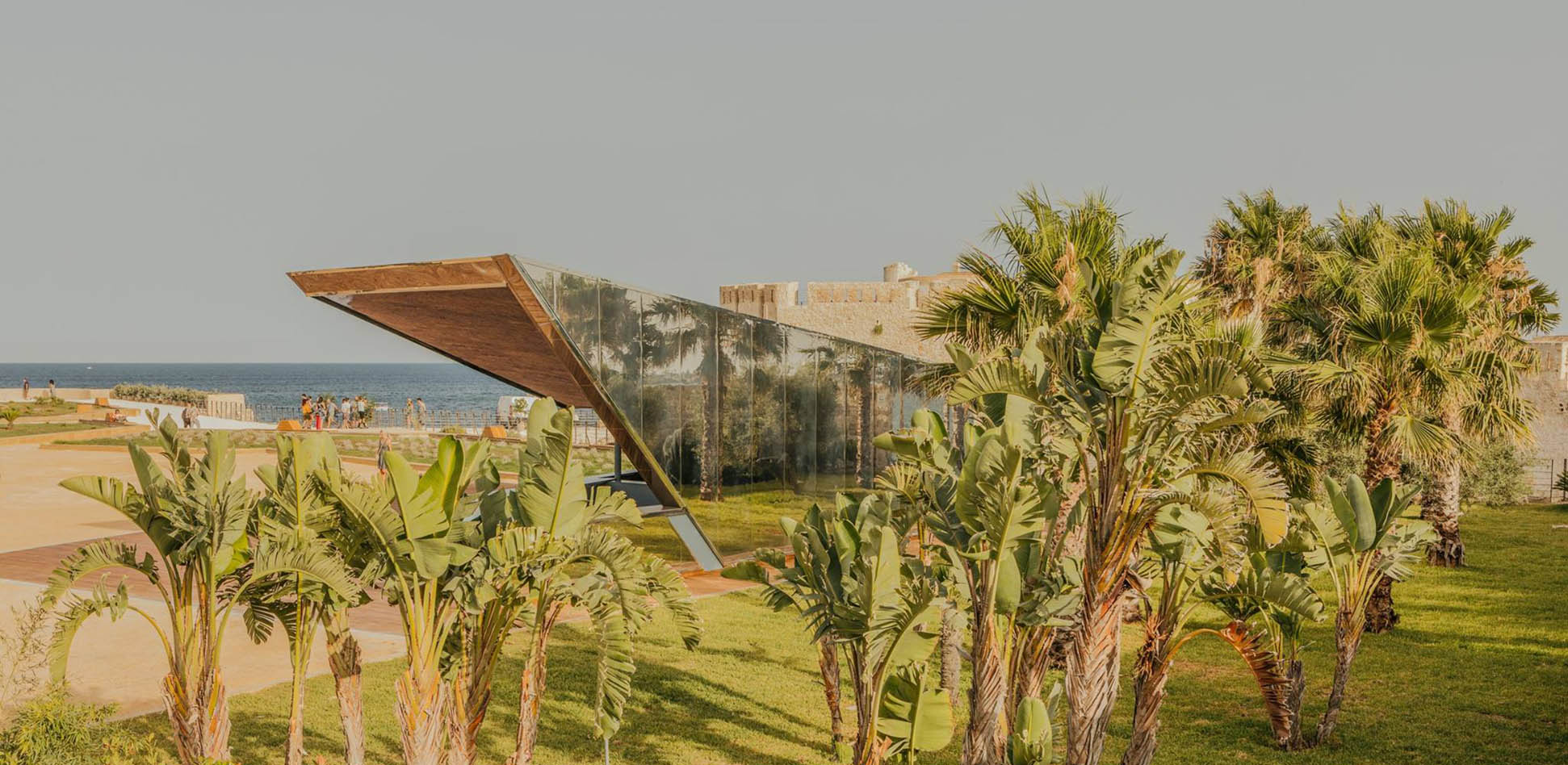
Another technique for fast and precise construction is the dry method, which uses mechanical joints to assemble building components. It is used entirely for timber or steel structures, but also in concrete structures for internal or external walls, flooring or roofing. Constructions with these technologies allow time savings of 20 to 50% and economic savings of 20% (McKinsey Report).

Another technique for fast and precise construction is the dry method, which uses mechanical joints to assemble building components. It is used entirely for timber or steel structures, but also in concrete structures for internal or external walls, flooring or roofing. Constructions with these technologies allow time savings of 20 to 50% and economic savings of 20% (McKinsey Report).
The envelopes of our buildings are highly engineered to minimise heat loss and improve internal acoustics. For years we have therefore been creating thermal insulation, garden roofs, ventilated walls or Bries soleil facades, adapting the composition to local climatic data and focusing on the acoustic comfort of our buildings' interiors.


The envelopes of our buildings are highly engineered to minimise heat loss and improve internal acoustics. For years we have therefore been creating thermal insulation, garden roofs, ventilated walls or Bries soleil facades, adapting the composition to local climatic data and focusing on the acoustic comfort of our buildings' interiors.
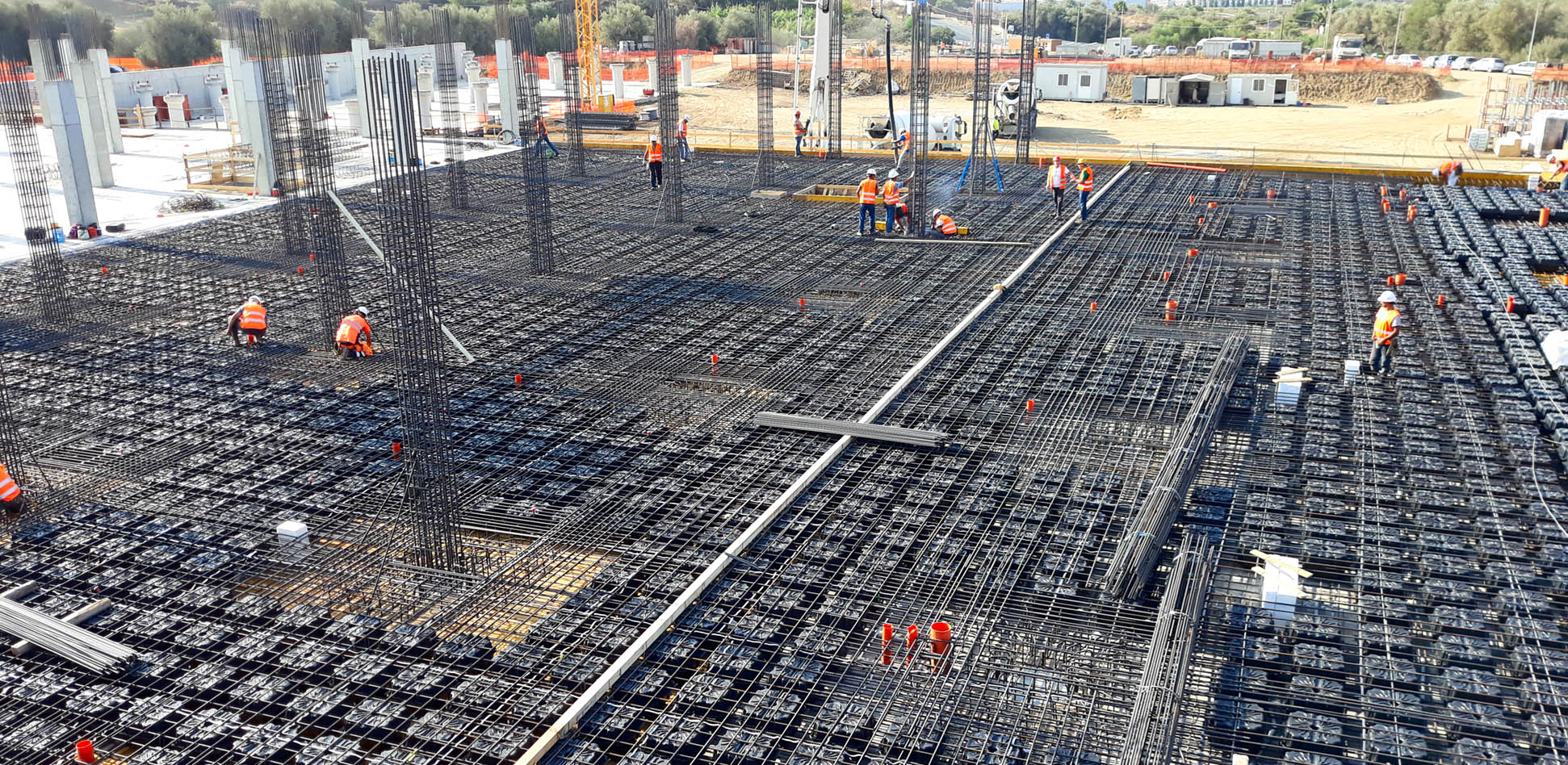
Experimentation with new techniques has led us to create high-performance concrete horizontals, with a double bidirectional warped shell, without protruding beams to facilitate the passage of installations and minimise the thickness of the floor slab. We usually lighten it with "U-boot" systems and form it with "Aludeck" systems, so that each horizontal can be produced in a maximum of one week, compared to four weeks for the traditional system.

Experimentation with new techniques has led us to create high-performance concrete horizontals, with a double bidirectional warped shell, without protruding beams to facilitate the passage of installations and minimise the thickness of the floor slab. We usually lighten it with "U-boot" systems and form it with "Aludeck" systems, so that each horizontal can be produced in a maximum of one week, compared to four weeks for the traditional system.
In order to produce our horizontals in record time, we were the first in southern Italy to create bidirectionally reinforced floors with Bamtec mat systems, pre-assembled reinforcements in the workshop that "unroll" like a carpet on the floor. They are transported only by mechanical means (reducing the risks for operators) and up to 60 square metres of reinforcement can be assembled by 4 operators in just 3 minutes. This can generate time savings of up to 80% compared to a traditional slab.
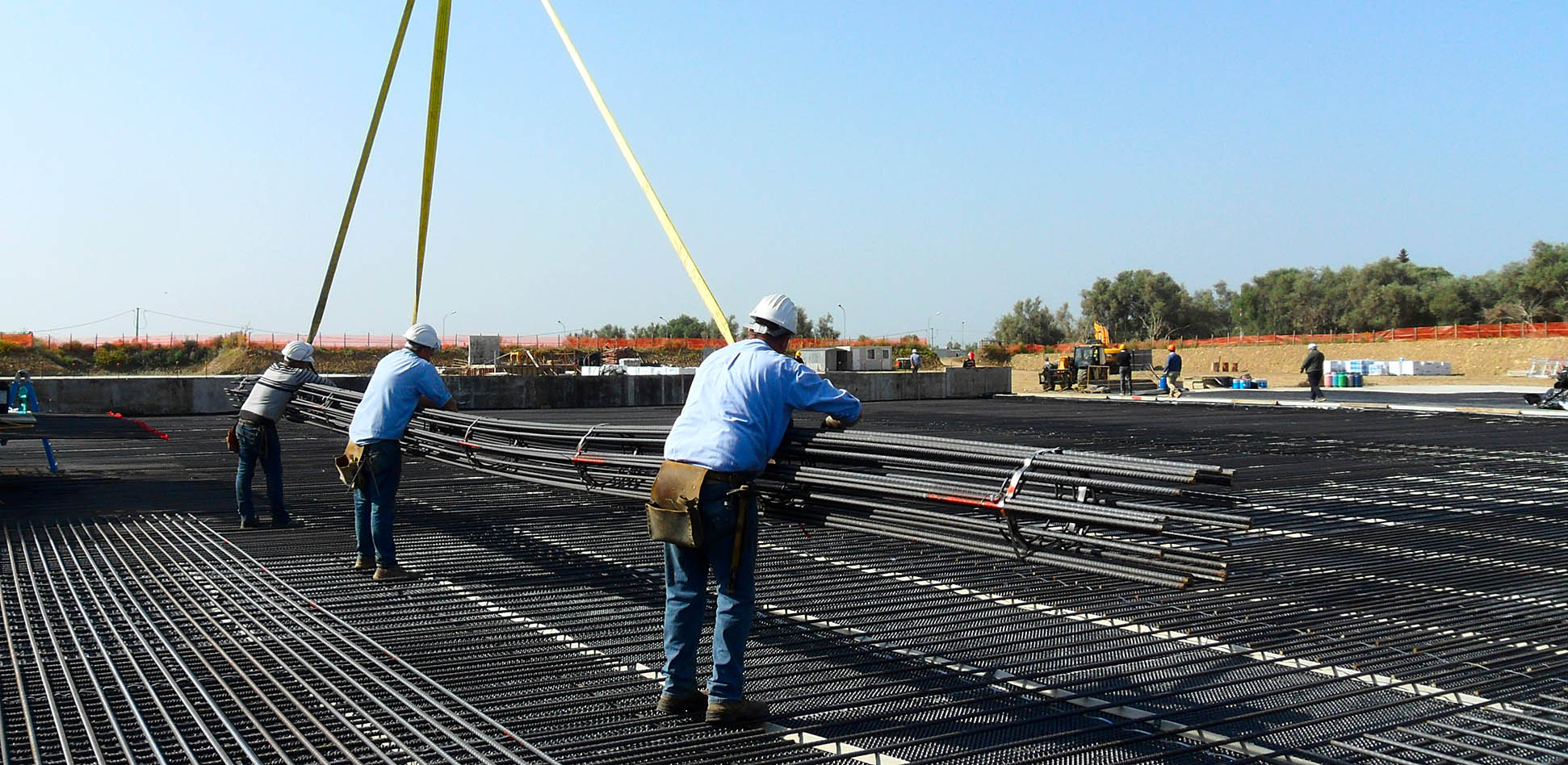

In order to produce our horizontals in record time, we were the first in southern Italy to create bidirectionally reinforced floors with Bamtec mat systems, pre-assembled reinforcements in the workshop that "unroll" like a carpet on the floor. They are transported only by mechanical means (reducing the risks for operators) and up to 60 square metres of reinforcement can be assembled by 4 operators in just 3 minutes. This can generate time savings of up to 80% compared to a traditional slab.